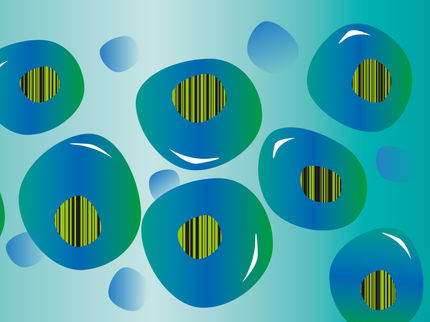Vaccine-induced CD4 T cells have adverse effect in a mouse model of infection
Research offers a 'cautionary tale' for the development of CD4 T cell vaccines
Advertisement
A study led by investigators at Beth Israel Deaconess Medical Center (BIDMC) has found that a vaccine that elicits only CD4 T cells against a mouse model of a chronic viral infection results in an overwhelming - and lethal - inflammatory response. Reported in Science, the new findings provide a cautionary tale for the development of vaccines aimed at eliciting robust CD4 T cell immunity against chronic infections, including HIV.
"We discovered that when memory CD4 T cells were induced in the absence of antiviral CD8 responses or antibodies, they triggered an overwhelming inflammatory response in a mouse model of lymphocytic choriomeningitis virus [LCMV] infection," explains senior author Dan Barouch, MD, PhD, director of the Center for Virology and Vaccine Research at BIDMC and Professor of Medicine at Harvard Medical School (HMS). "These findings demonstrate a potential downside of vaccines that induce only one particular arm of the immune system. They also tell us that the induction of antiviral CD8 and antibody responses are critically needed in addition to CD4 responses in this system."
In battling infections, the body's immune system produces both B cells, which make antibodies to neutralize the invading pathogen, and T cells which directly destroy the virus. "There are two types of T cells - CD8 and CD4 - which battle invading pathogens," explains lead author Pablo Penaloza-MacMaster, PhD, a postdoctoral fellow in the Barouch laboratory and Instructor of Medicine at HMS "The CD8 T cells take the lead in eliminating virally infected cells while the CD4 'helper' T cells function indirectly, serving to bolster the responses of both CD8 T cells and antibody-producing B cells." T cell-based vaccines are designed to activate this type of immune response.
In this new paper, the researchers set out to explore the differences between vaccine-elicited CD8 and CD4 T cells.
"While the prevailing wisdom would suggest that vaccines that make really strong CD4 T cell responses would, in their helper capacity, strengthen the responses of both antibodies and CD8 T cells, we often see that vaccines and viral infections seem to generate fewer CD4 responses than they do CD8 responses," says Penaloza-MacMaster. "We wanted to investigate the effect of inverting this natural bias."
The authors tested vaccines that generated robust CD4 responses but generated little to no CD8 response. "The hope was that we could enhance the CD4 helper T cell response to eliminate a chronic viral infection," says Penaloza-MacMaster. But instead, the scientists observed that CD4 vaccines triggered a massive inflammatory reaction in the animals following the LCMV challenge. Within 20 days of infection, 90 percent of the mice succumbed to massive inflammation. A separate group of mice that also received CD8 T cells or antibodies specific to the virus were protected from this detrimental outcome, indicating the importance of inducing multiple arms of the immune response.
"We don't yet know whether or not this observation will be relevant to other diseases or in humans, but we have identified the immunologic mechanism by which such detrimental effects may occur," says Barouch. "This is an advance for understanding the biology of vaccine-induced CD4 cells and may have important implications for future vaccine development efforts."























































